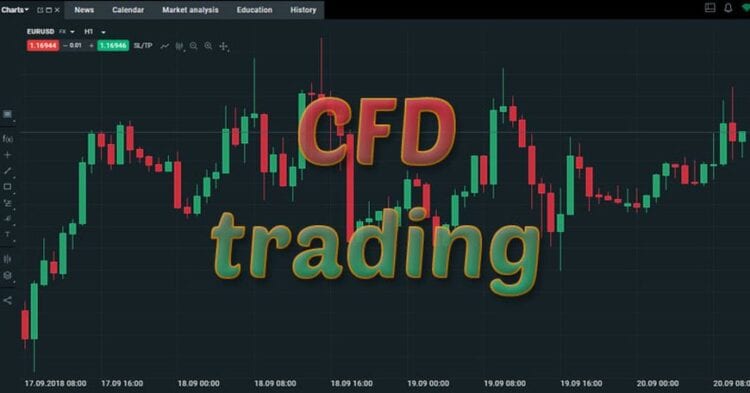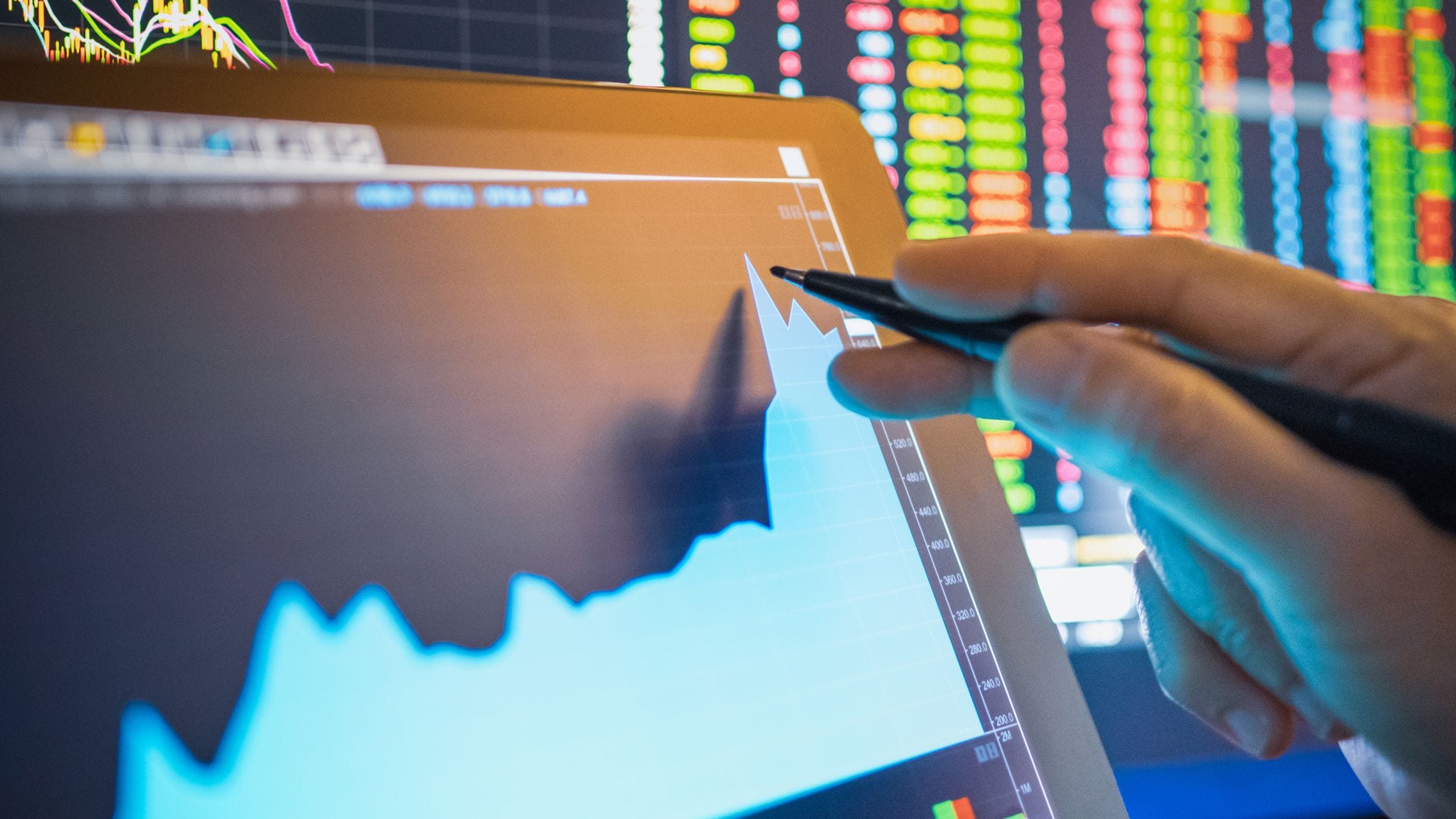According to Ask Traders, economic trends show that CFD trading is quickly emerging as one of the financial market’s most diverse ways to invest. When CFD trading is leveraged, market processes allow investors to gain exposure to a large position without committing to its full cost of a trade. In many cases, this added leverage can make it easier for a trader to split positions and spread capital resources over an entire portfolio (rather than putting all the eggs into one basket).

Recently, many investors have experienced dramatic changes in the financial markets and this is not surprising given the ways the novel coronavirus (COVID-19) has disrupted economic expectations for the remainder of this year. This is precisely the reason to explain why investors must look for ways to diversify their portfolios and protect themselves from unexpected shocks going forward. CFD trading can offer many advantages in these types of environments and so it is a great idea to understand the benefit that CFD trading can offer whenever a person is constructing a new asset portfolio.
At the same time, it should be understood that profits and losses in CFD investments are still determined using the full position size of each transaction. Thus, both profits and losses end up being magnified when compared to the initial capital outlay that is associated with non-leveraged positions. Of course, it is quite possible that if things go the other way, trading losses have the potential to be higher than the initial deposit. This is important to consider, and the trader must never invest beyond his/her means.
Trading Flexibility

CFD trading strategies offer a high degree of flexibility in trading in the global financial markets. However, it should not be attempted without any risk management strategy as a defense against market volatility is essential. It is necessary to have a clear trading strategy in mind, and one needs to trade in the right market. Moves need to be made at the right time and technical analysis trading tools that help to manage all of the market’s associated risks should be utilized on every possible occasion.
As a first step, a potential trader needs to identify the right market to trade-in. A lot of research and analysis needs to be done in this regard. The right market and the right time to take a position need to be determined. Even if the trader understands the market trends, sentiment, and volatility, all those issues that can move prices up or down at any point in time. This is why each of these factors needs to be looked into carefully whenever active money positions are initiated in the market because these protective strategies can help to limit investment mistakes and the potential for losses.
For traders of all experience levels, it is also important to understand that CFD trading offers access to many different financial market types. For example, traders that are interested equities markets can easily find stock CFDs that allow investors to speculate on the value of individual shares. But, at the same time, CFD traders are also able to gain access to markets like commodities (such as gold, oil, or silver) and foreign exchange products (such as the euro, British pound, or U.S. dollar). All of this means that CFD trading strategies can be highly diverse and capitalize on the trend movements that are associated with many different asset classes.
Trading Safe and Avoiding Risks
According to Day trading, the trader can choose between commodities, currencies, bonds, interest rates, etc. to trade on. It is still better to go for a market that is better understood by the trader. Buying is going long ad selling is going short. The current prices can be seen on the trading ticket on the trading platform. The first is the bid price, and the second one is the asking price. If the trader thinks the market would go up, he/she buys. Otherwise, the trader sells because there is an expectation that asset valuations might decline. Using these types of trading strategies, investors are able to construct individual CFD position stances and capture profits when market trends move in the same direction as the original projections.
While the initial outlay is up to the trader, the broker might have a different minimum required limit for each asset. Assets that are volatile (e.g. cryptocurrencies) would have higher limits while established companies in the blue-chip category might have lower limits. To trade safe, it is recommended that limit orders or stop losses be used. This depends on the risk tolerance of the trader. Once the trader has placed his/her trade as well as stop-loss limits, etc. the profits would start to vary as the market goes up or down. Any profits or losses would be immediately transferred to or from the account balance.

Even if the character of the market is in a bullish trend, strategies matter the most. This requires the trader to play on his/her strengths and use technical analysis. The trader must also be very clear on the risk he/he can tolerate. A breakout strategy would involve identifying a certain key level for the price of a security. As soon as the key level is hit, the trader looks at the trend and buys or sells. However, in this strategy, the trader does not make any trade when the market is not giving clear signals.
In most cases, the market’s trading fundamentals need to be very clear because this is the best way of securing profits in any position. In cases where these requirements are not met, a detailed trend analysis would need to be employed. In the case of a contrarian strategy, the trader knows that trends do not last forever. The trader enters a buy/sell position in anticipation of the change in the direction of the trend at that point and the trick is to identify the point where the trend would change direction.

